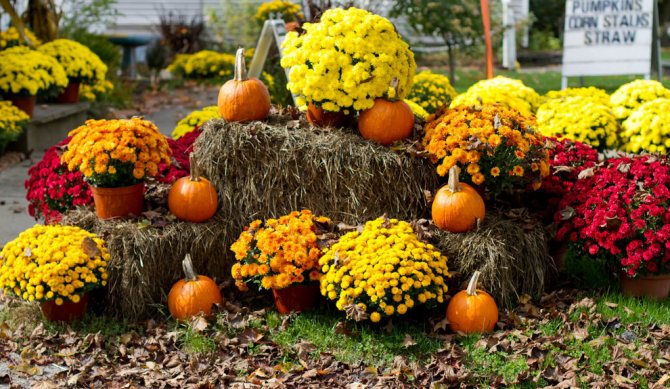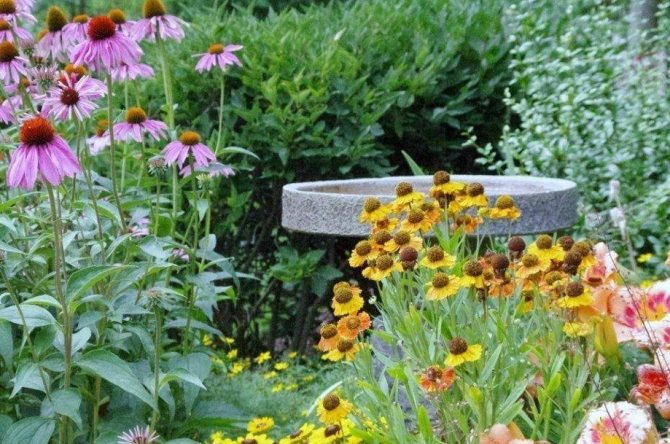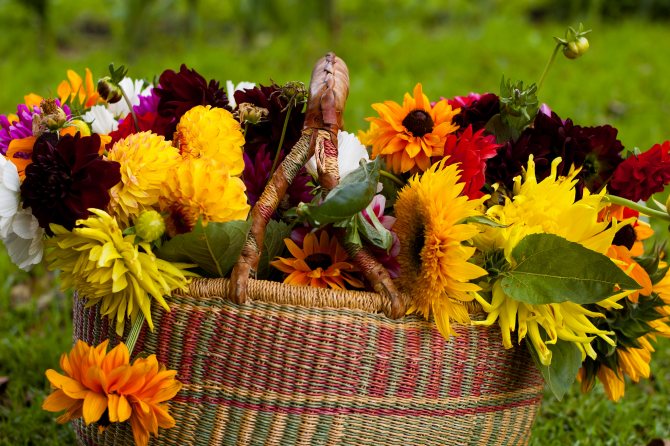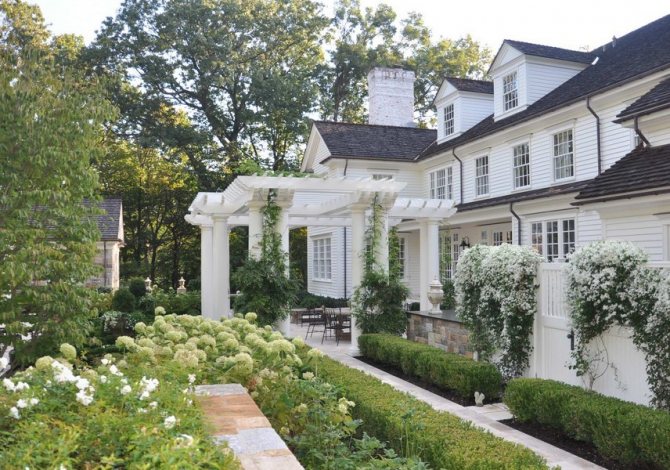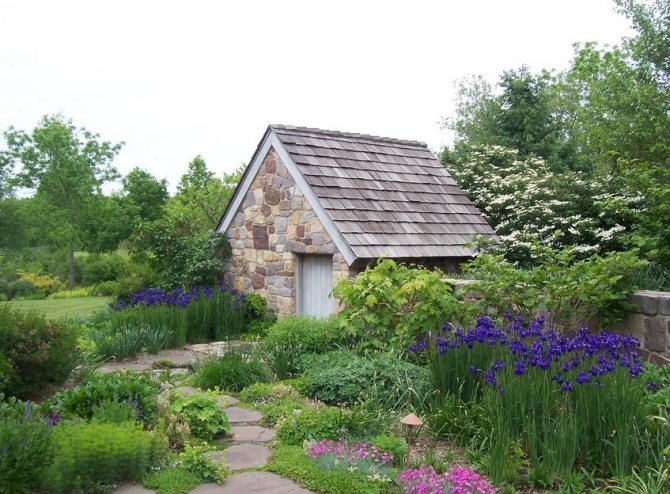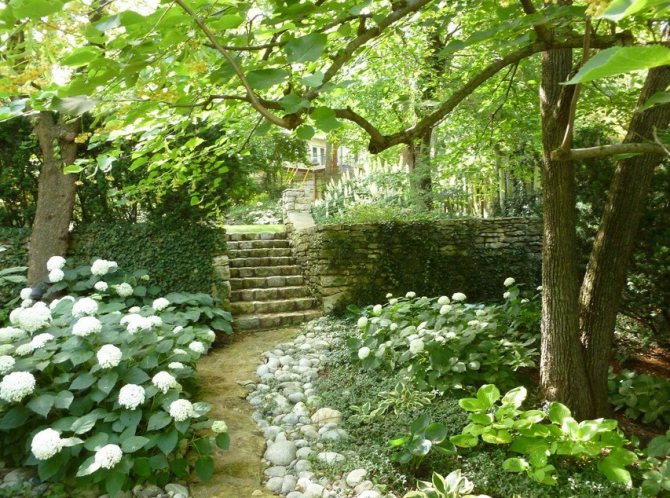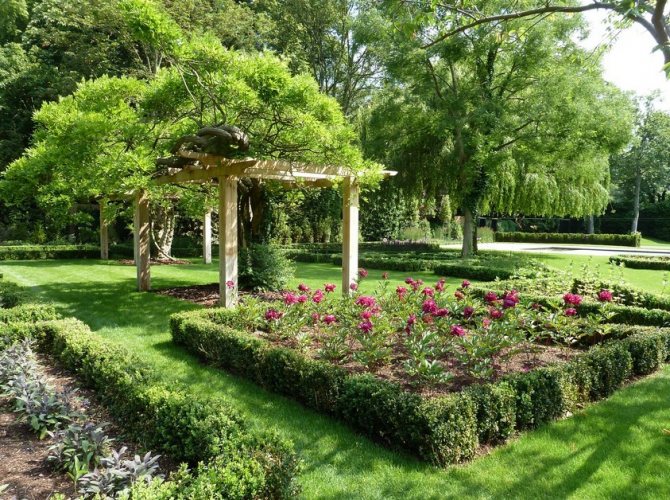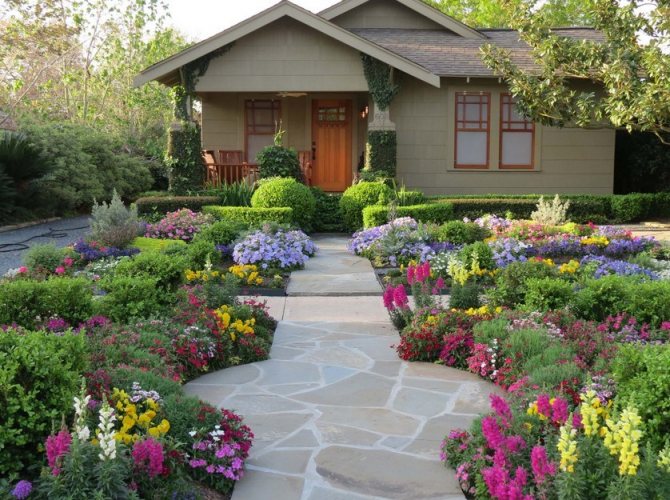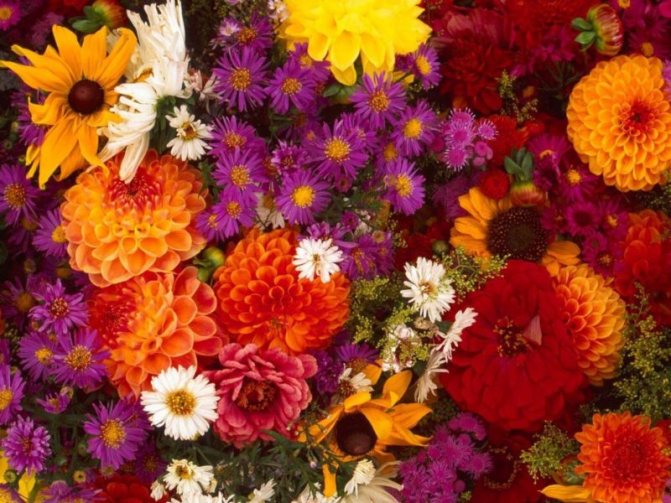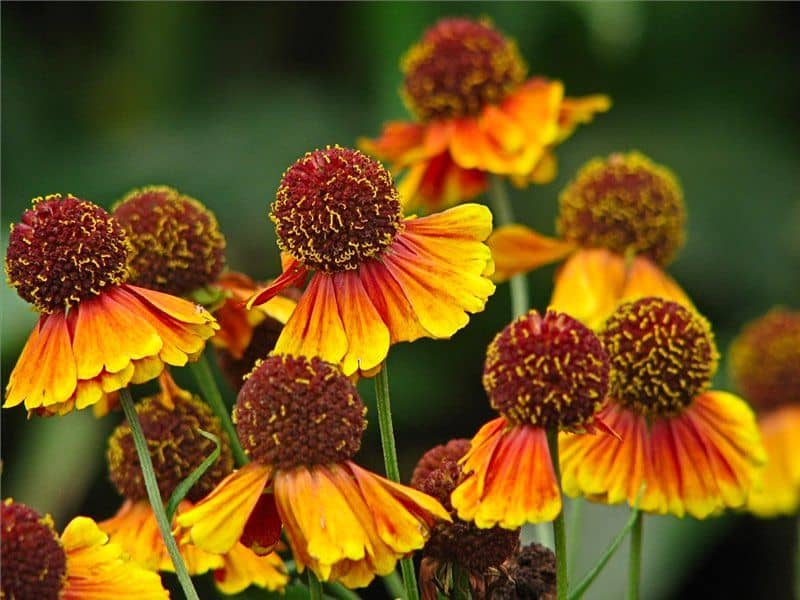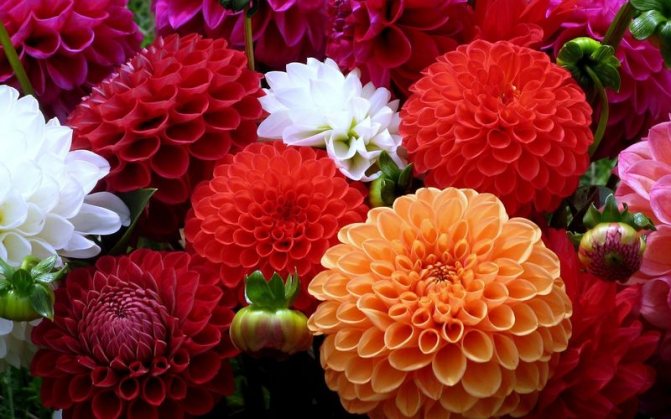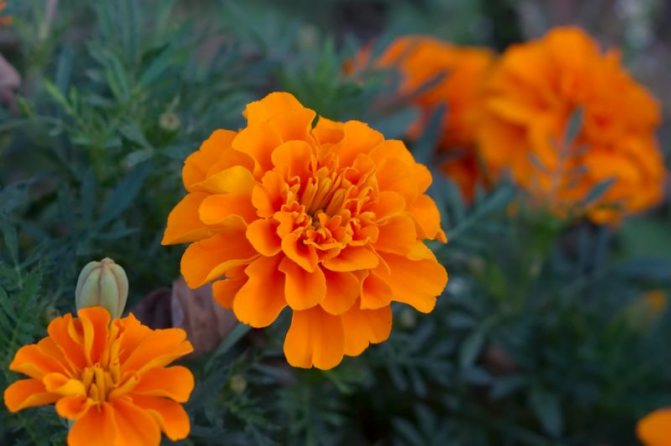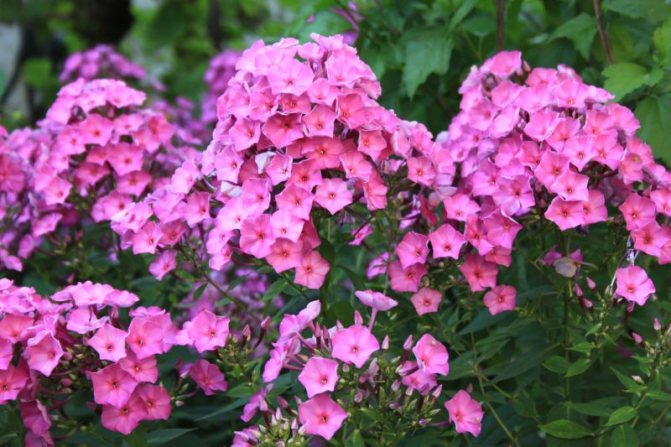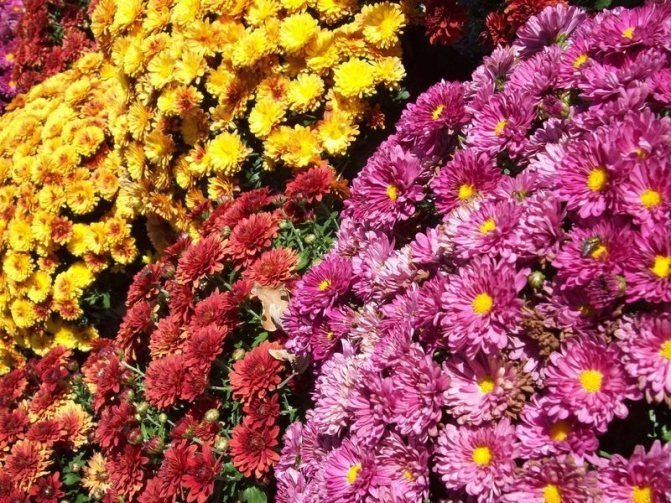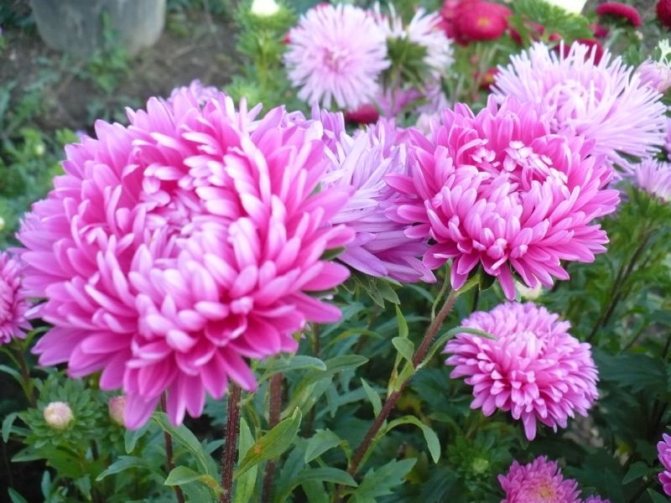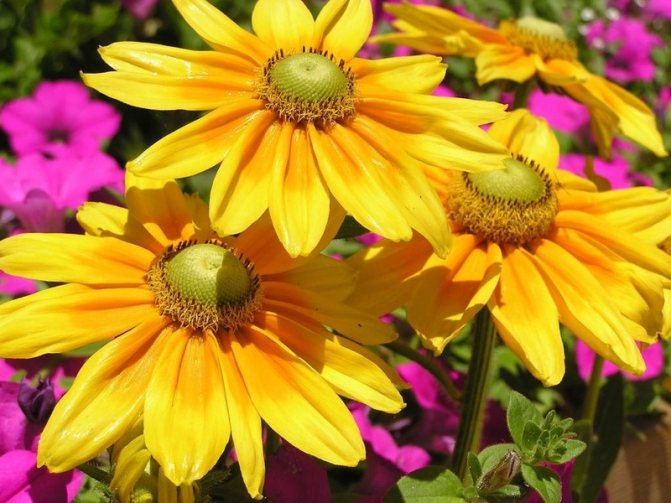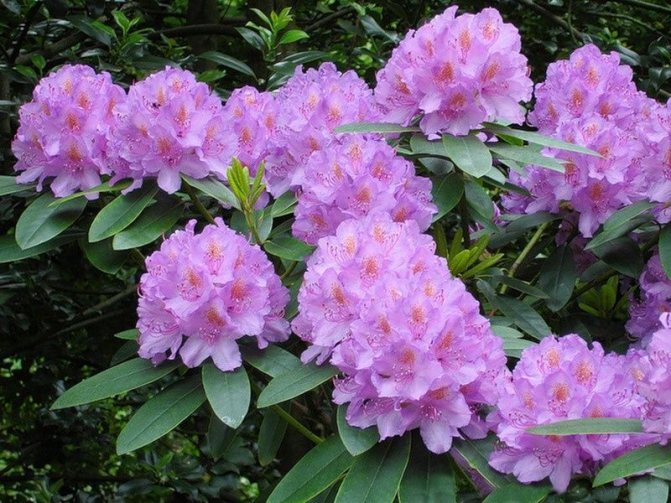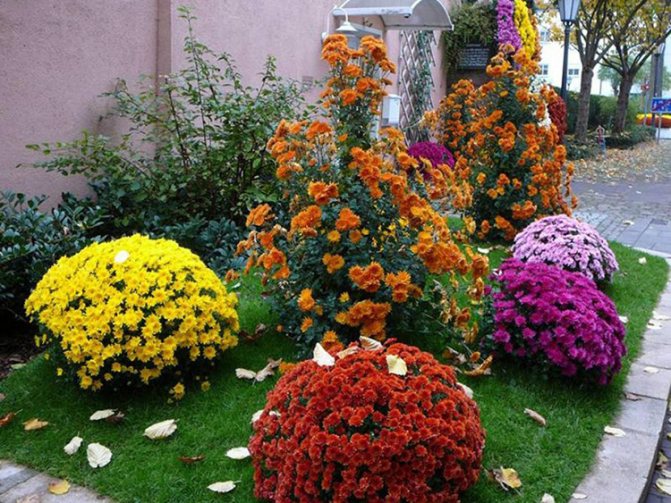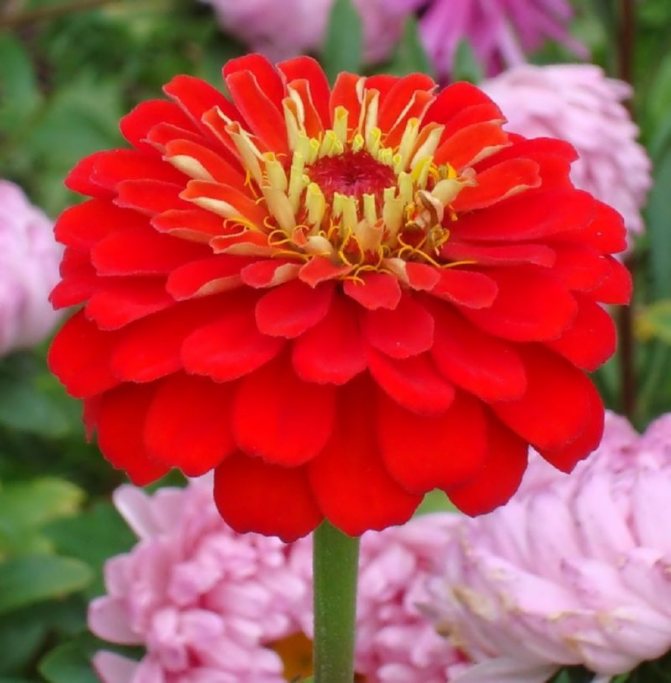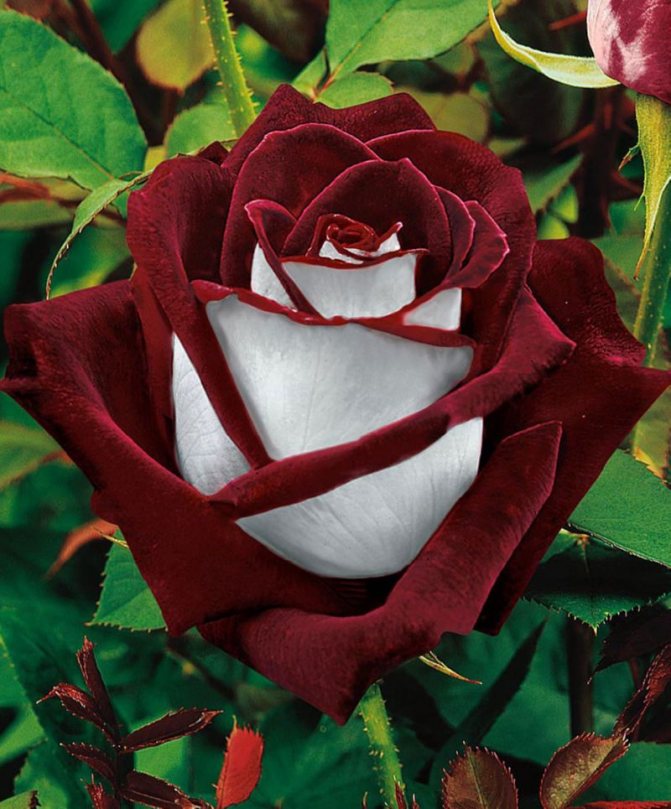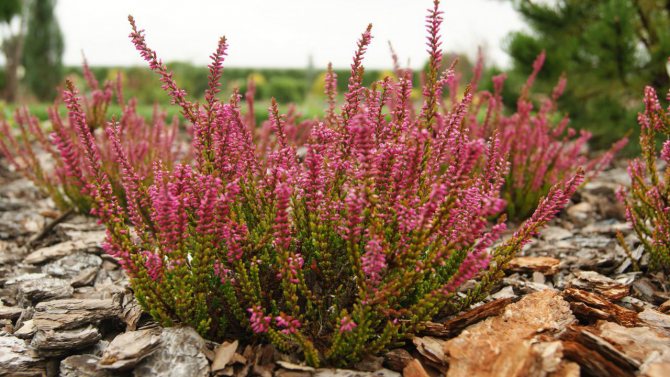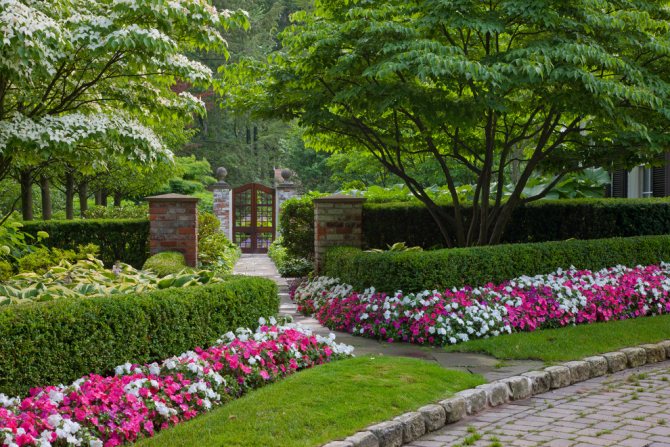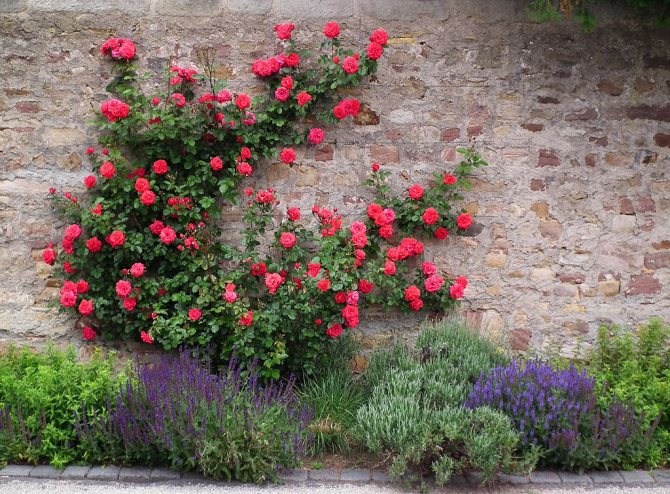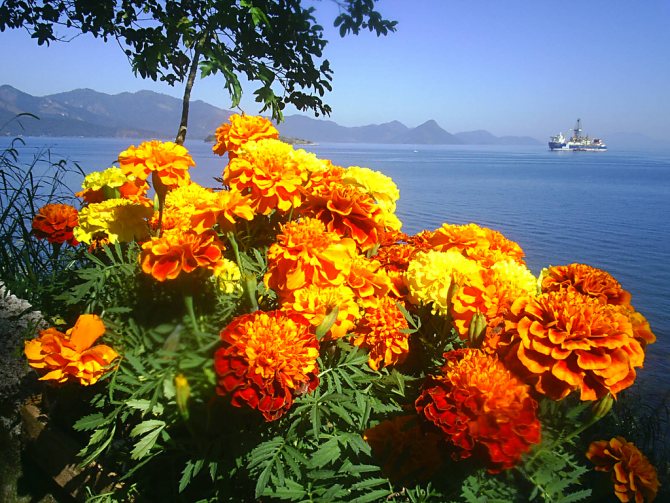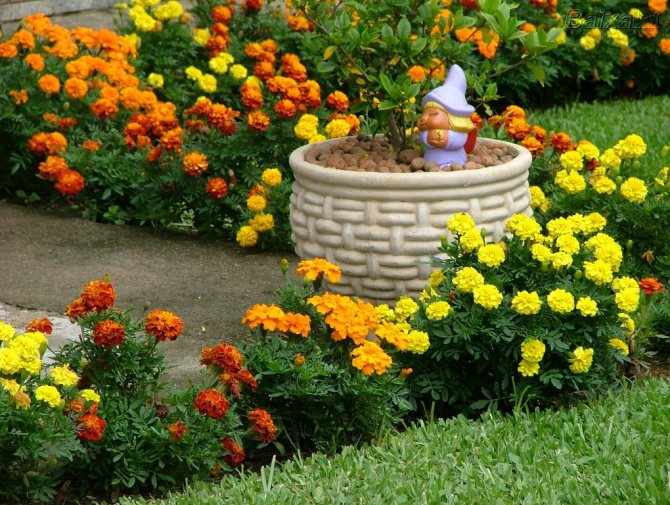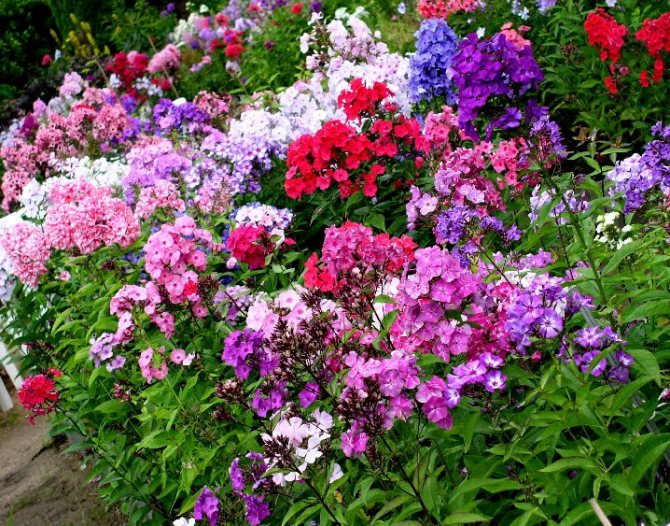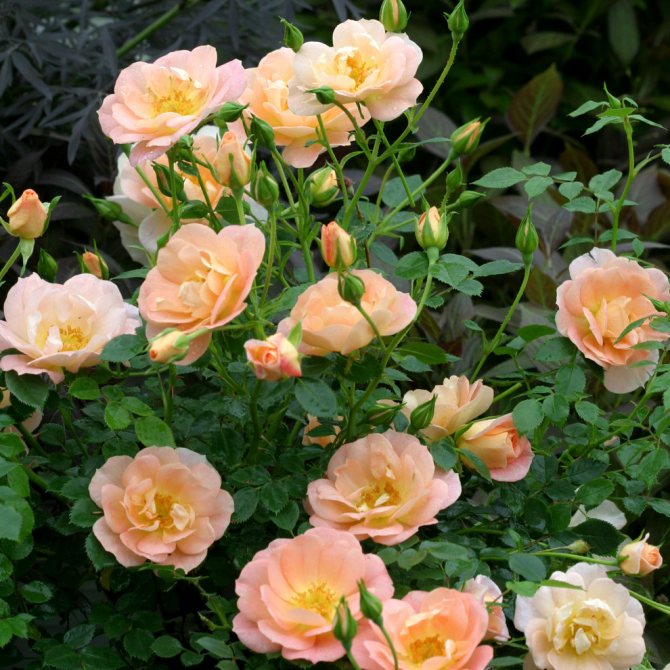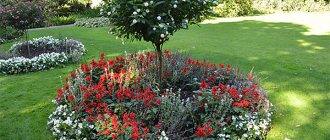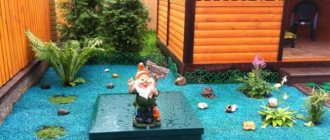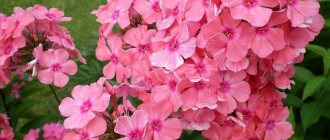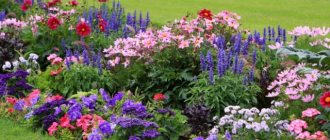It is believed that with the passing of summer, the garden and summer cottage season ends, and the time comes to harvest. However, often decorative flowering plants only begin to bloom in the fall. Planting such varieties allows you to decorate your site with bright colors after the end of the warm season, gives variety to landscape design.
In the article you will find a description and photo of the most popular autumn flowers, which are often called short daylight plants. The classification described below is very arbitrary, since the flowering period and its duration always depend on the climate and plant variety.
Autumn annuals
A riot and richness of colors faded by the end of summer, the palette is added by annual and perennial plants that are not afraid of bad weather and sudden temperature changes. A brief description of the most famous representatives of the autumn flower bed is presented below.
Cold-resistant annual aster is undemanding to growing conditions. These flowers are classified depending on the height of the stem (undersized - up to 40 cm, tall - 60 cm), the doubleness of the flower and the shape of the petals. Neutral soil acidity and moderate watering are the main requirements of an annual.
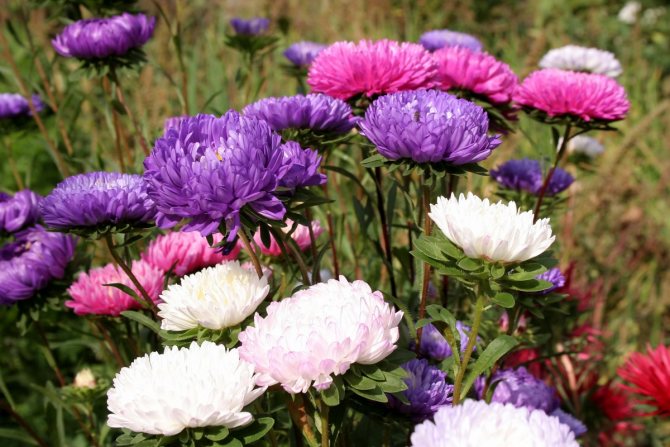
Bright and airy one-year-old asters are dazzling in the autumn flower bed
Zinnia grows up to 90 cm, flowers are weakly aromatic. It is photophilous and can withstand frosts no more than -1 C °. Keeps bouquets fresh for a long time.
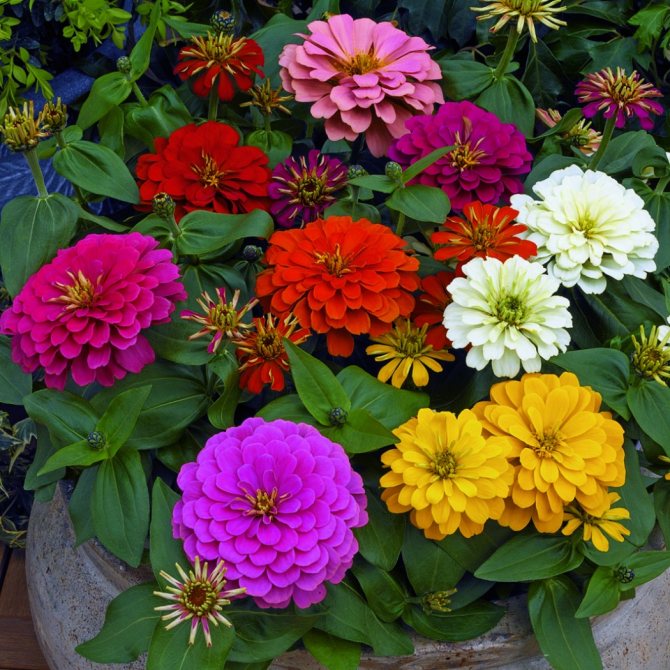

The many shades and ease of care invite every grower to diversify his garden with charming zinnias.
Marigolds are decorative from July to the end of October, they are not afraid of frosts down to -3 C °, in addition, they grow and bloom in any conditions. Abundantly flowering plants, native to Mexico, are stunted and tall, with shaggy and simple inflorescences.


Marigold shades range from bright yellow to brown-orange
Gelenium is a herbaceous plant, reaching 150 cm; erect stems have brick-yellow chamomile flowers, but with a contrasting yellow or red frill along the edge of the petals. Geleniums can easily grow in the shade, tolerate frosts down to -3 C, but prefer fertile soil with good drainage. Flowers of this plant look good in live bouquets, in floristry as dried flowers and in the background of flower beds.


Gelenium flowers look good in live bouquets, like dried flowers in floristry and in the background of flower beds
Autumn annual flowers are mainly propagated by seed.
Wildflowers in the garden in autumn
Heather continues its summer flowering in autumn. This plant is mentioned in the ballad Heather Honey, about the last secret of the Picts, by Robert Louis Stevenson. This is a truly beautiful wildflower in Scotland and you can admire its bloom even in autumn.
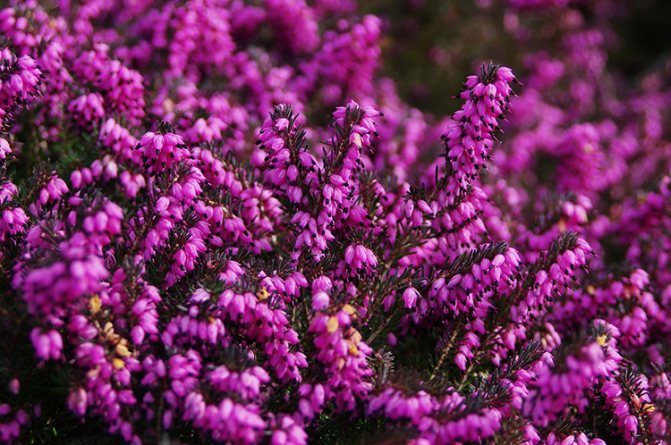

Fragrant heather
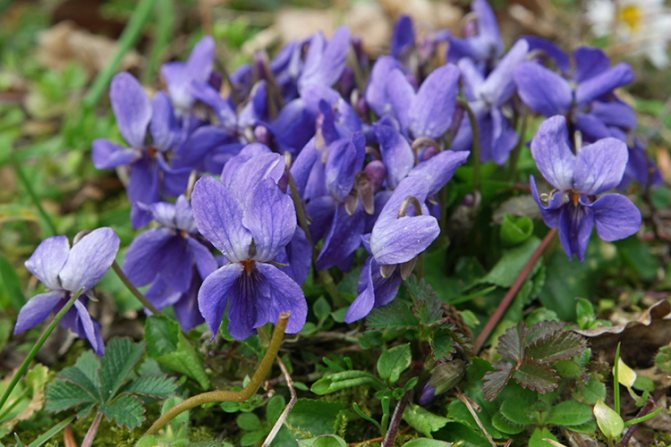

Blooming fragrant violets - an unforgettable sight


Pleases with repeated flowering and anemone anemone
Plant wildflowers, decorate your wonderful garden with plants that will bloom at different times, and you will always be in high spirits, which flowers will give you in gratitude for their care and attention.
And if you have questions to the author of the article or want to share your experience in caring for autumn flowers, leave your opinion in the form below.
Autumn perennials
Chrysanthemum is the queen of the autumn flower ball. Quite frost-resistant (flowers and leaves do not freeze under short-term frosts up to -5 C °), undemanding to watering. For abundant flowering, it is necessary to regularly feed with organic matter and mineral fertilizers.


A variety of colors and shapes of a flower, a specific wormwood aroma and ease of care - all this makes you fall in love with the late autumn beauty-chrysanthemum
Sedum (sedum) with unpretentious pinkish-smoky flowers, collected in umbrellas, is also attractive for its fatty leaves. The plant blooms from early September to early November and is absolutely not afraid of frost (up to -5 C °). Grows better in the shade; requires moisture in excess. Stony soil and lack of fertilizing do not affect the flowering and growth of the dwarf shrub. For the propagation of stonecrop, the bushes are divided at any time of the growing season.


Sedum is picky, even a novice florist can grow it
Flowers - pom-poms of delicate shades on tall bushes (from 70 to 150 cm) - this is an English rose. Unlike its relatives, it is unpretentious and blooms until the very frost. For lush flowering, organic matter and mineral fertilizers are regularly applied. Powerful bushes require a garter and timely pruning.


The English rose pleases with its luxurious flowering until late autumn
Bright yellow tufts of goldenrod (solidago) will decorate any corner of the garden up to frost down to -1 -3 C °. This plant is represented by tall varieties up to 1.5-1.8 m and dwarfs - no higher than 40 cm. Goldenrod is a honey plant, exuding a spicy aroma; tall specimens are hedges and partial shade for short neighbors. The shrub is unpretentious; propagates by root layers.


In addition to the described advantages, goldenrod has healing properties: solidus is Latin for "healthy"
Liriope, or Ophiopogon spikelet (Liriope spicata syn.Ophiopogon spicatus)
An excellent perennial rhizome member of the Lily of the Valley / Liliaceae family. She comes from China, Vietnam, Japan. It did not come out in height: only 25 cm, it grows in breadth to 45 cm. It is beautiful with young narrow leathery leaves, which imperceptibly replace the old ones in summer. In September, spike-shaped inflorescences with small purple flowers appear.
Liriope spikelet What Lyriopa spikelet loves:
- penumbra;
- nutritious soils.
What Lyriopa spikelet doesn't like:
- she does not tolerate both waterlogging and drying out of the soil;
- in a hot dry summer, watering is necessary;
What is the best way to place Liriope spikelet in the country: This is a wonderful autumn-flowering plant for semi-shady and even shady cottage corners. Liriope is universal: it can act as both a ground cover and a border plant. An interesting fact from the life of Liriope spikelet:
- the name of the genus was given in honor of the nymph Liriope - the mother of Narcissus.
Tree shrubs
Hydrangea is a shrub that blooms from mid-summer to late autumn. The plant consists of many species, differing in color and shape of petals, height and splendor of the bush. Hydrangea is great in bouquets. This perennial is hygrophilous and responsive to feeding; for successful wintering, the shoots must be insulated; blooms until mid-October.


In late autumn, at the panicle hydrangea, not only flowers, but also foliage look decorative
Buddleya David is exotic for temperate latitudes with lilac or ink-violet brushes of small fragrant inflorescences, grows up to 2.5 m. The plant does not like drafts; for abundant flowering, it is imperative to make additional fertilizing. Blooms from early June to late October. You can propagate a perennial shrub using seeds and cuttings. They cover the buddley for the winter.
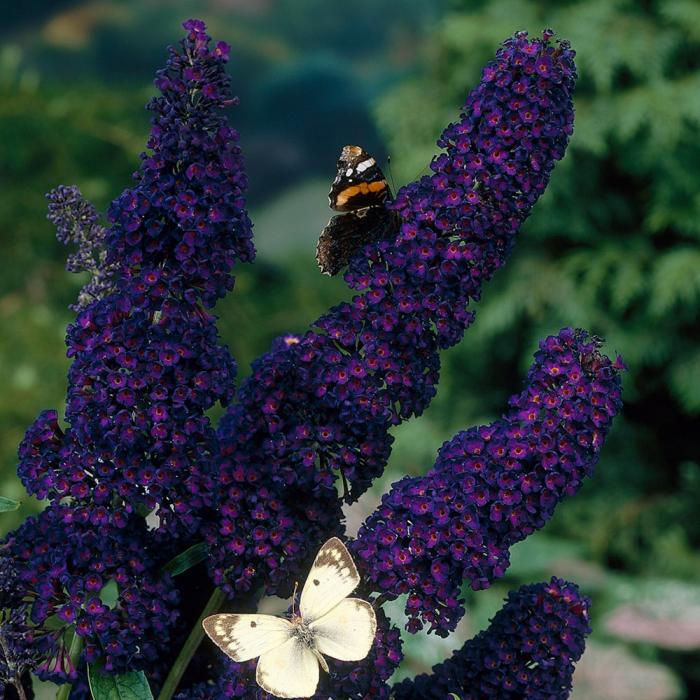

Buddleya David is an excellent honey plant and a favorite of butterflies, so the plant was nicknamed "butterfly bush"
Hybrid hibiscus (Hibiscus x hybridus)
Hybrid hibiscus blooms in September
What hybrid hibiscus loves:
- fertile loose drained soils;
- open, sunny place protected from the winds.
What hybrid hibiscus does not like:
- waterlogging;
- heavy clay soils;
- naked slugs.
What is the best way to place hybrid hibiscus in the country: It is so self-sufficient that it does not need to be supplemented. Called to solo in flower beds, he copes with this role admirably. Good in single landings at home.
Table: other plants blooming before frost
| Name | Plant characteristic | Features of the development of culture |
| Annual plants | ||
| Gatsania |
|
|
| Ageratum |
|
|
| Rudbeckia |
|
|
| Perennial plants | ||
| New Belgian aster (saintbrinka) |
|
|
| Phlox |
|
|
| Kosmeya |
|
|
Photogallery of cold-resistant flowering plants


Gatsania has flowers of bright unique shades


Ageratum looks good on alpine slides in group plantings
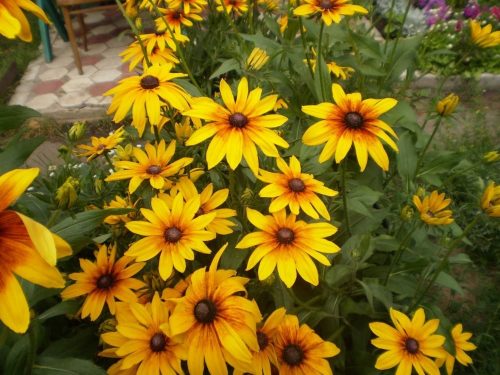

Yellow chamomile rudbeckia - expression in the autumn flower bed
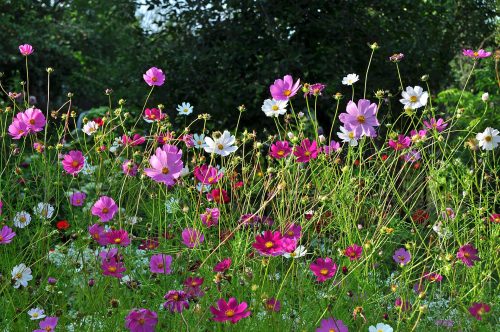

The airy flowers of the cosmos remain beautiful until the first cold weather.


New Belgian aster - beloved by everyone, unpretentious and cold-resistant
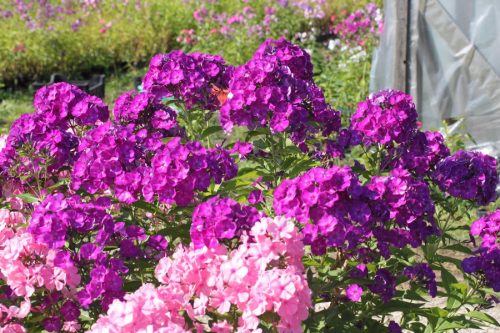

Phlox decorate flower beds from mid-summer to late September
New Belgian aster was brought from North America; it blooms from mid-September until the first frost (up to -5 C °). More like a shrub, as it grows up to 1.5 m, unpretentious; we call it Sentbrinka. But do not confuse it with the Alpine - this one is much lower, the flowers are larger and larger in diameter, and China is recognized as the homeland of this plant. The flowering plant is more finicky and hibernates only under cover.
Gomphrena globosa (Gomphrena globosa)
A beauty from the Amaranth family. She is originally from Guatemala, Panama.Now its dwarf varieties with a height of 15-20 cm are especially in demand; they are literally snapped up by summer residents who want to extend the summer at the dacha until severe autumn frosts. In addition, it is very good in dried flower bouquets.
Gomphrene spherical What Gomfrena spherical loves:
- heat;
- shine;
- dry drained soils;
- in hot dry summers - watering;
- regular feeding before flowering.
What Gomfrena spherical does not like:
- fresh manure;
- naked slugs.
What is the best way to place the spherical gomfrena in the country: It is good in various flower beds, containers, borders.
Gomphrene spherical in the foreground of a ribbon flower garden
2 interesting facts from the life of spherical gomphrena:
- she is a relative of immortal amaranths, in Great Britain she is even called "round amaranth";
- grown through seedlings, seeds are sown at the end of March.
What else to read on the site about gomfren spherical:
- Immortal beauty gomfrena
- Beautiful and hardy
Finishing touch
Perhaps it will not be superfluous to paint our flower bed with multi-colored zinnias. How, you don't know what it is? Yes, these are "majors"! I am sure that this is the name under which these annual autumn flowers are known to everyone. Yellow, white, red, pink - they will give their color throughout September and, if autumn is warm, October.
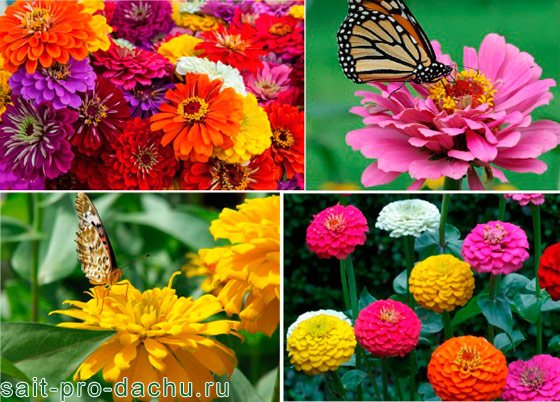

However, they did not fall into our range of "amazing" autumn colors for the color. It is thanks to them that butterflies and birds will flutter around our flower garden, which will become the final chord, coda, of our flower garden that will amaze any imagination.
Well, you can endlessly talk about autumn colors. Even on asters or dahlias alone, in their photographs, you can linger so much that spring will come.
And what about decorative cereals that fluff up their spikelets in the fall so that you can't take your eyes off? There are so many types of miscanthus alone that you can plant an entire area. And what is autumn without the queen of flowers - roses?
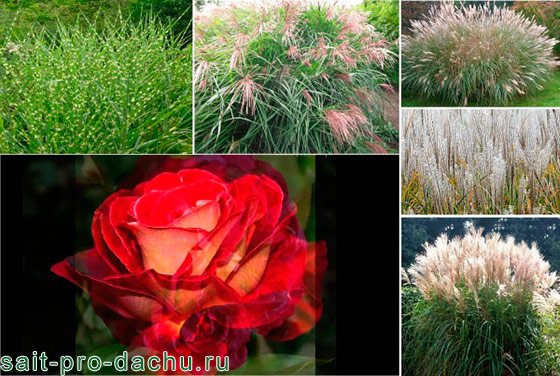

But at the very beginning we agreed to make an unusual autumn flower bed - and we did it. Subscribe to our site - we will not do that yet! And connect your friends by sharing a link to us on social networks - it's more fun together! See you soon.
Maxim Kolesnichenko
I want something like that
When the question of autumn flowers arises, probably the first association that arises in everyone's thoughts is dahlias, chrysanthemums, asters. After all, it is no accident that the most famous perennials of the latter, blooming in the fall, are popularly called the September and Octobrines.
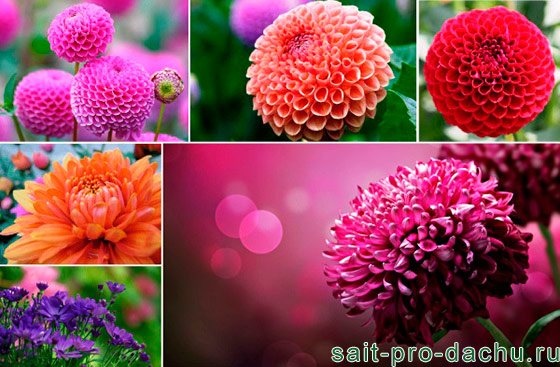

And petunias, which, I am sure, are abundant in every flowerbed, thanks to their unpretentiousness and, first of all, abundant and bright flowering, will delight us with flowering throughout September.
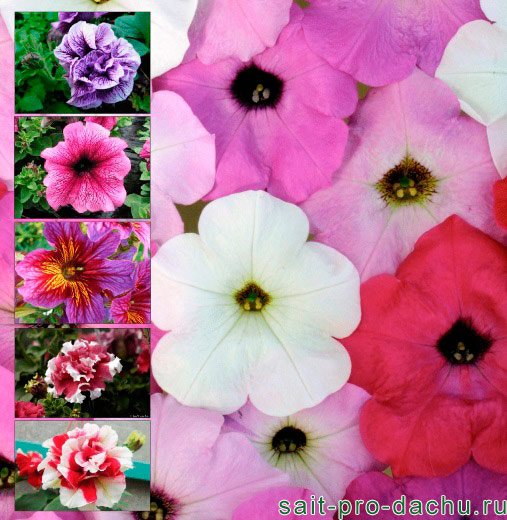

Undoubtedly, all these flowers are fabulously beautiful, their aroma is mesmerizing, but, as for me, they are quite familiar. Of course, there are unique varieties that literally bewitch, not letting you tear your admiring gaze.
But I really want something special, unusual and unusual! I want to add spring tenderness to the rich colors of autumn flowers, I want a variety of bizarre shapes, I want such a flower bed so that my friends gasp! Fortunately, the flower industry today provides a huge selection for every taste.
Follow me and I am sure that I will be able to surprise you.


